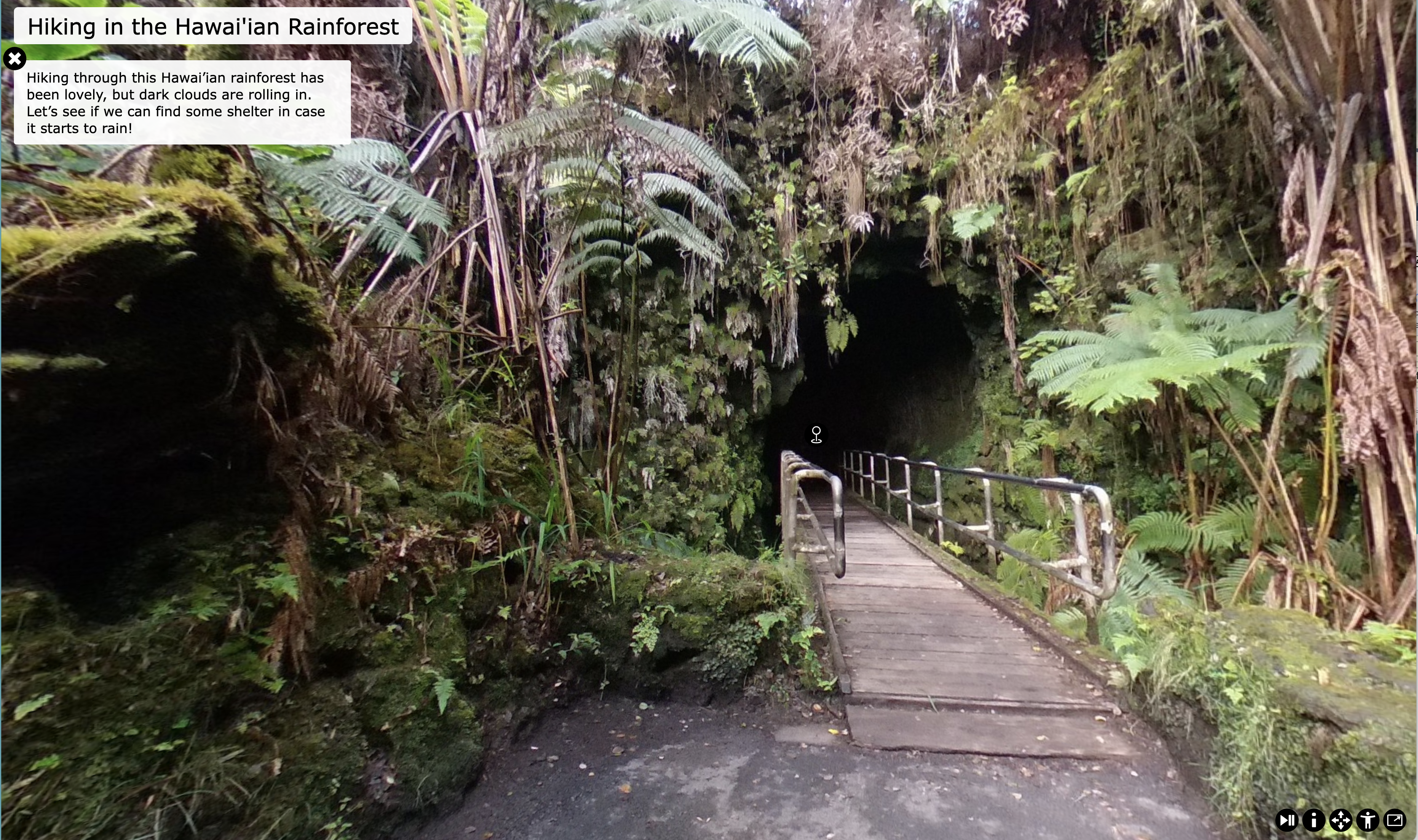Creating virtual field trips that boost STEM learning

When students explore the world beyond their classroom walls, whether it’s a canyon, a coral reef or their own neighborhood, they connect more deeply with what they’re learning. That’s the idea behind place-based education, which grounds academic content in real places to foster engagement and understanding.
But what if getting outside, or far away, isn’t an option? A new online course available through ASU’s Professional Educator Learning Hub called STEMscapes: Crafting Immersive Virtual Field Experiences provides educators with insight into how they can create their own immersive digital experiences to boost STEM learning and knowledge in other topics.
Learn more in this Q&A with Arizona State University’s Ariel Anbar, a President’s Professor with the School of Earth and Space Exploration, and an affiliated faculty with ASU’s Mary Lou Fulton College for Teaching and Learning Innovation.
Q: What is place-based education, and why does it matter?
Place-based education connects learning to the local environment, which includes culture, geography, ecology and community. Instead of teaching in isolation from the world around us, PBE grounds subjects like science or history in a context that builds personal connection with the content.
According to researchers like Steven Semken, who is a professor of geology and education at ASU’s School of Earth and Space Exploration (and also affiliated with MLFC), PBE helps students develop a “sense of place” and personal connection to their environment that boosts engagement, deepens understanding and supports long-term retention. PBE can also center on places that are culturally significant, socially relevant or scientifically rich, even if those places are far away or digitally accessed. That flexibility is key to making learning more equitable and accessible.
Q: Why are these approaches applicable to STEM subjects?
A major barrier in STEM education arises when students see science and math as too abstract or irrelevant to their lives. This challenge is highlighted in a recent comprehensive review, Research on Teaching Geosciences with Virtual Field Experiences (Semken & Williams, 2023). The authors found that place-based strategies that anchor content in familiar locations or digital spaces significantly improve motivation, understanding and participation. These findings show that contextualizing STEM through authentic environments helps bridge the gap and makes subjects more approachable and memorable for all learners.
Why use virtual field trips instead of traditional ones?
Field trips are powerful. But they’re also logistically complex, and many students can’t access field-based learning because of cost, safety concerns, physical ability or location. Virtual field trips can help fill that gap. In fact, recent research shows that immersive, interactive virtual field trips — especially those designed with pedagogical intent — can match or even exceed the learning outcomes of in-person experiences. In one 2023 study led by a PhD student working with Semken and me, Comparison of in-person and virtual Grand Canyon undergraduate field trip learning outcomes, students showed comparable gains in scientific understanding. A 2025 report on Research on teaching geo science with virtual field trips also supports the use of these approaches.
Q: What makes a virtual field trip immersive and effective?
Most online virtual field trips consist of a mix of video and webpages. Effective digital experiences immerse students in the environment, allowing them to explore, make choices and engage interactively. Tools like Tour It let educators build custom virtual field trips with 360° images and embedded content such as videos, images and documents, through the use of hotspots, which are pop-ups that allow for learners to pursue more detailed information. Exploratory pathways mimic the open-ended nature of real-world exploration, creating an authentic experience. When used thoughtfully, these tools don’t just replicate reality, they amplify learning by giving students control and layering content in dynamic ways.
Click here to see a virtual field trip example called Hiking in the Hawai’ian Rainforest.
Q: Isn’t creating something like that really time-consuming?
Not necessarily. That’s where structured professional learning can help. A new online course, STEMscapes: Crafting Immersive Virtual Field Experiences, is designed to walk educators through the process of building a place-based digital field trip using Tour It. The course takes about 15 hours to complete and includes both technical guidance and pedagogical support. Educators leave with a fully built virtual field trip they can use right away, and the confidence to build more.
Q: Who is this approach for?
These approaches can be used by all types of educators who want to bring rich STEM experiences to more learners. We are also excited to see how these approaches can be applied to other situations. For example, scientists and researchers can use these tools to share information about the work they do in new and vivid ways that connect with donors and the general public. Virtual field trips can be used by museums and many other learning-focused organizations. Imagine, for example, crafting a virtual experience to take students to England during the time of Shakespeare, or to explore the biology and evolution of frogs in the Amazon. The possibilities are as wide as our imaginations.
Sign up for STEMscapes: Crafting Immersive Virtual Field Experiences, offered in a self-paced online format. A microcredential option is also available.